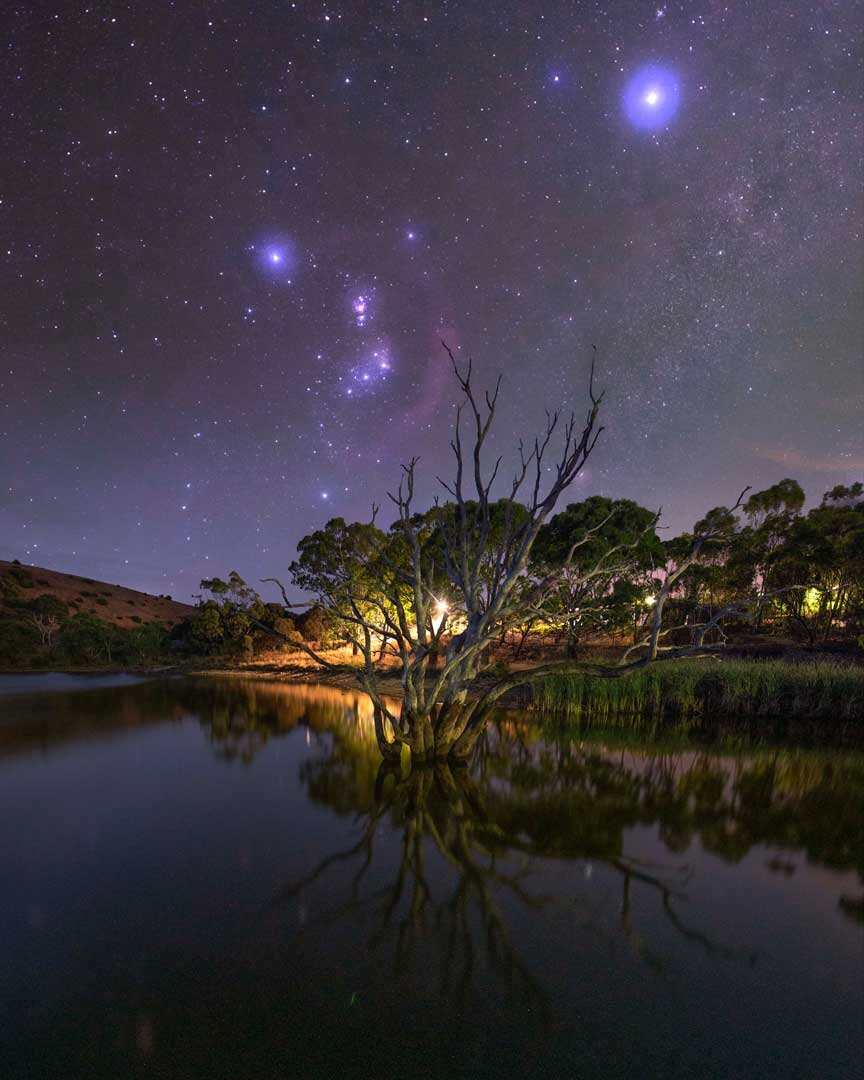Top 6 Celestial Objects to Photograph when the Galactic Centre Disappears
Andrometer Galaxy Observed in the Northern Skies
South Australia’s night sky is one of the best to shoot in the world. Filled with colour and unique star clusters it is the knowledge and wisdom of the original custodians of the lands.
When the Milky Way Galactic Centre disappears at the end of the year, photographers seem to put astrophotography to the side and cease to image the depths of night sky until the core re appears later in the year, but why?
“As the Milkyway Disappears for another year” is something I read a lot from Photographers. During these months there is still an abundance of night sky objects to photograph. From Orion to the Magellenic Clouds the sky continues to glow with mysterious stars, gas and nebulae.
These objects are even more rewarding and unique to capture than the galactic centre itself… Teaming up with Andrew Mcarthy and Connor Matherne here are our top 6 astronomical objects to image during the Summer months in Australia and the Southern Hemisphere…
Orion
Fact: Orion is best observed in December and January.
2. Large and Small Magellanic Clouds
Fact: The Large and Small Magellanic Clouds can only be seen from the Southern Hemisphere.
3. Pleiades (Seven Sisters)
Fact: Pleiades, also known as Seven Sisters are a group of more than 800 stars located 410 light years from Earth.
4. Eta Carina Nebula
Fact: The Eta Carina Nebula is 7500 light years from space.
5. Meteor Showers
Fact: The Geminid Meteor shower can be seen from the Southern and Northern Hemisphere. It occurs once every year.
6. Moon
Fact: The moon always shows Earth the same face.













